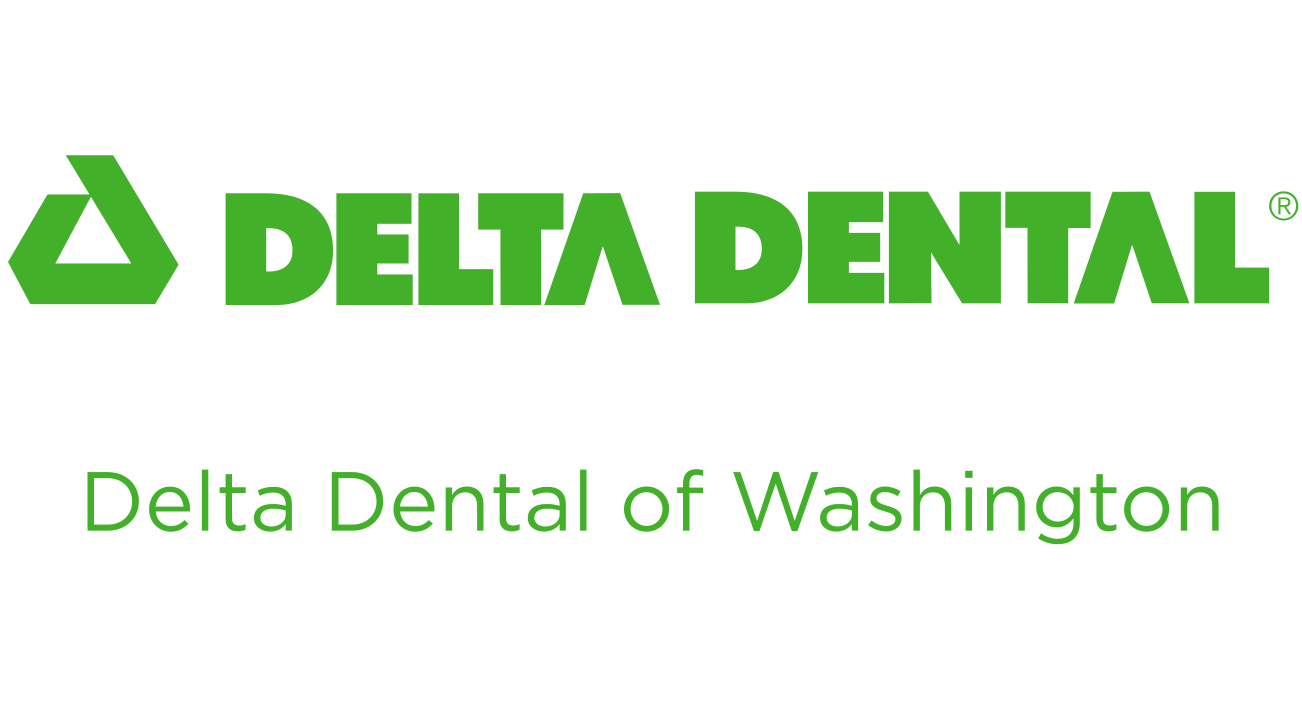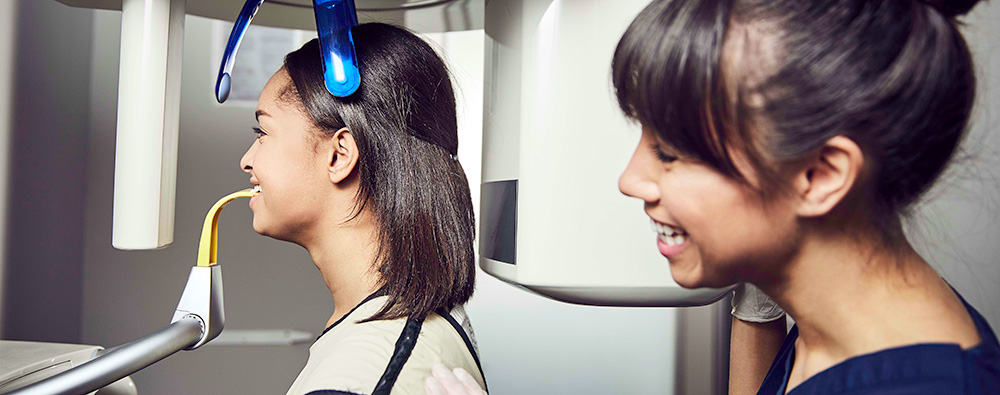You’re at your dental check-up, reclined in the chair, ready to get your cleaning on. Then, the dental hygienist says, “Ooh! Looks like you’re due for some x-rays.”
Dentists use x-rays to check the health of your bones, teeth, and any filings, crowns, or implants you may have. But, not all dental x-rays are the same.
Dentists use many different types of x-rays, depending on what they’re trying to see. Curious about the types of dental x-rays?
Here are the five most common dental x-rays and what they’re used for:
Bitewing X-rays
A bitewing x-ray is used to look at one specific area of your mouth. Your dentist may request one or multiple bitewing x-rays during your check-up. Each bitewing captures the exposed (visible) part of your upper and lower teeth as well as half of their roots and supporting bone. Bitewing x-rays help dentists detect decay, especially between teeth. They also help dentists detect changes to your jawbone caused by gum disease.
How bitewing x-rays are taken: If your dentist uses traditional x-rays, you will be asked to bite down on a piece of plastic that holds the x-ray film against your upper and lower teeth. If your dentist uses digital x-rays, you will be asked to bite down on a little box that’s wrapped in plastic.
Periapical X-rays
A periapical x-ray is one that captures the whole tooth. It shows everything from the crown (chewing surface) to the root (below the gum line). Each periapical x-ray shows a small section of your upper or lower teeth. These x-rays are often used to detect any unusual changes in the root and surrounding bone structures.
How periapical x-rays are taken: Film will be placed near your mouth using a metal rod with a ring attached to it. You will need to bite firmly onto the device to keep it in place and provide a clear x-ray image.
Full Mouth Survey X-rays
A full mouth survey x-ray is composed of a series of individual images, including a combination of bitewing and periapical. Usually, full mouth x-rays are taken when you’re a new patient at your dentist’s office. They use these initial images as a baseline on the health of your mouth. However, full mouth x-rays are often taken when your dentist suspects you have a jaw cyst or tumor. They’re also used for significant dental work such as root canals, extractions, and gum disease treatment.
How full mouth survey x-rays are taken: You will be asked to take bitewing and periapical x-rays (see above).
Panoramic X-rays
Panoramic x-rays, just like panoramic photos, are used to take images of your entire mouth area. It shows the position of fully emerged, emerging, and impacted teeth, all in one image.
How panoramic x-rays are taken: You will be asked to bite down on a “bite blocker” to keep teeth aligned and obtain a clear image. Then, a rotating arm on the machine makes a semi-circle around your head to record your mouth.
Occlusal X-rays
Occlusal x-rays help track the development and placement of a section or entire arch of teeth in the upper or lower jaw. They’re mostly used by pediatric dentists to find children’s teeth that have not yet broken through the gums.
How occlusal x-rays are taken: The process is very similar to a bitewing x-ray (see above).
Want to learn more?
Talk to your dental hygienist or dentist. They’ll explain everything and may even show you the cool tools they use to take dental x-rays.
Don’t have a dentist? Create or sign in to your MySmile® account to search for an in-network dentist near you. You can even filter your results by patient endorsements!


